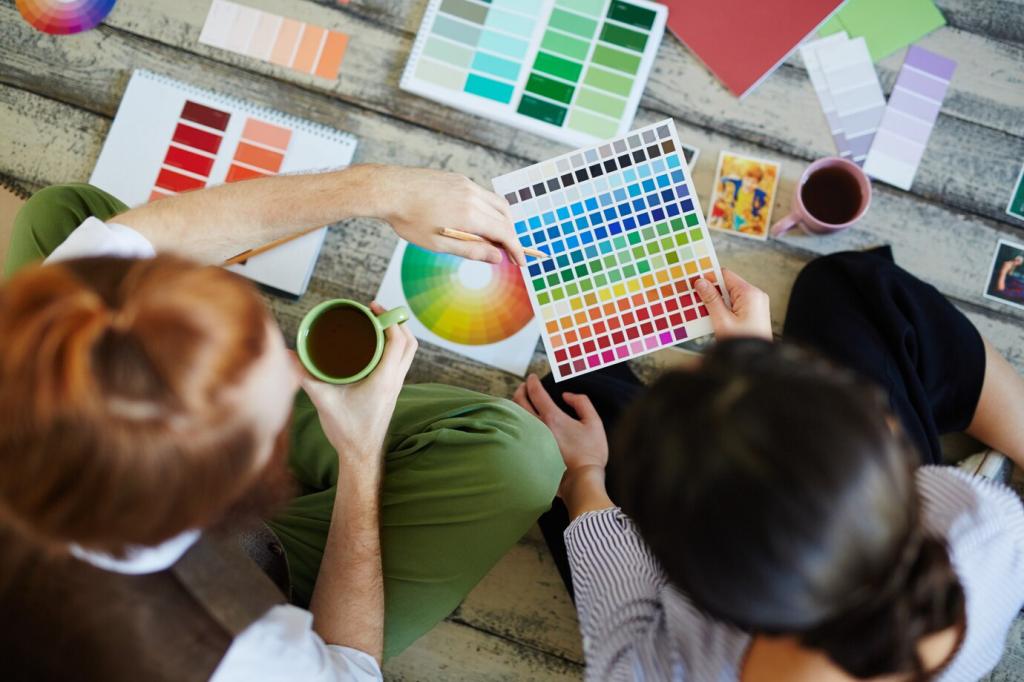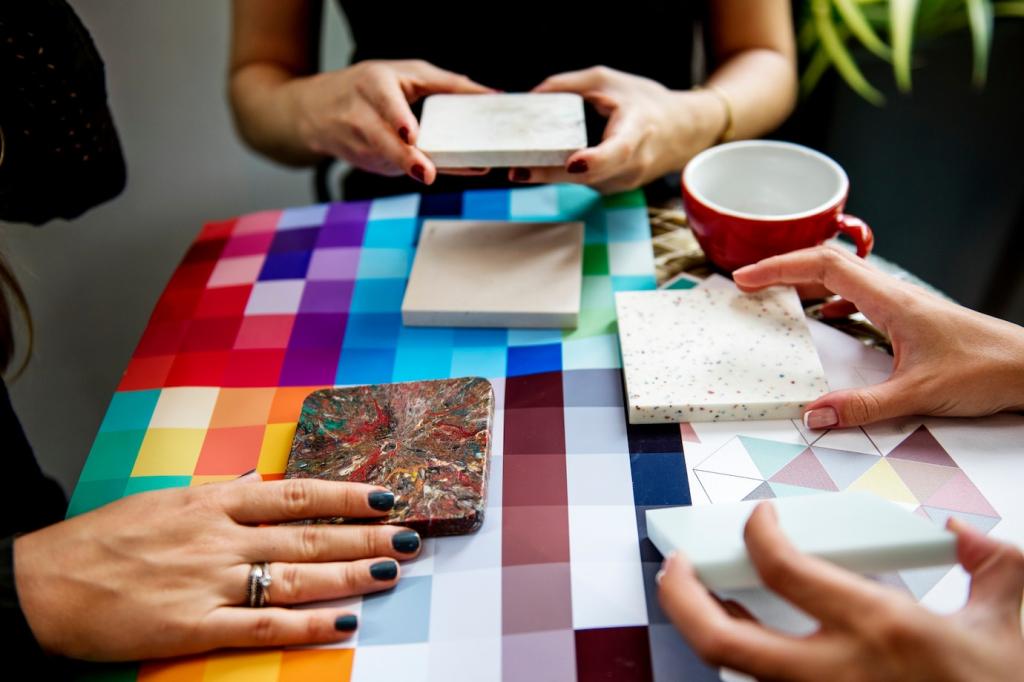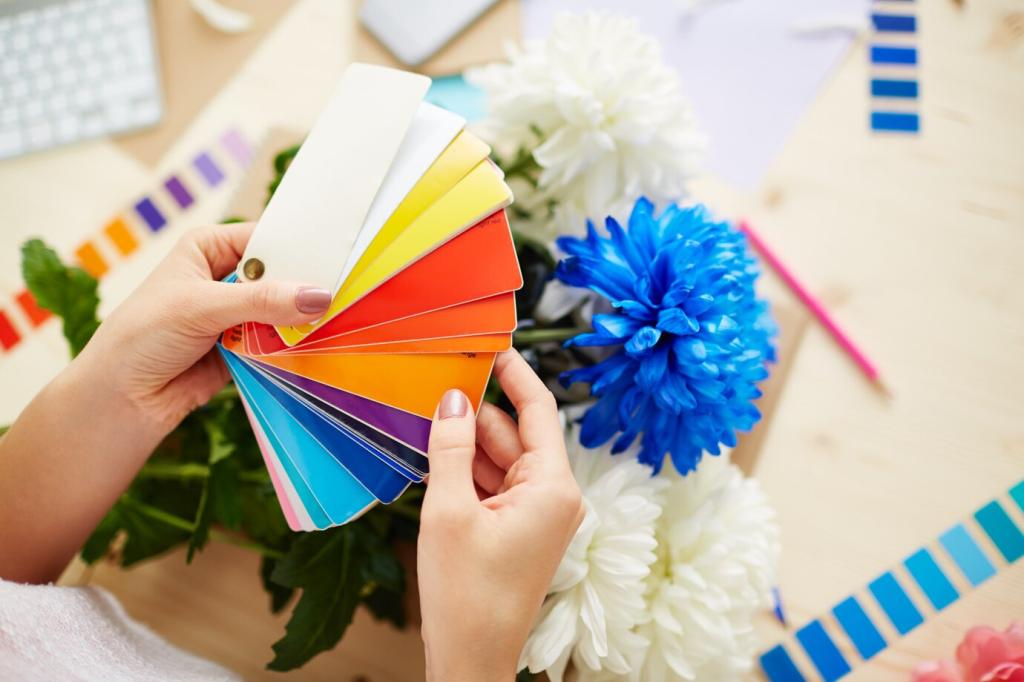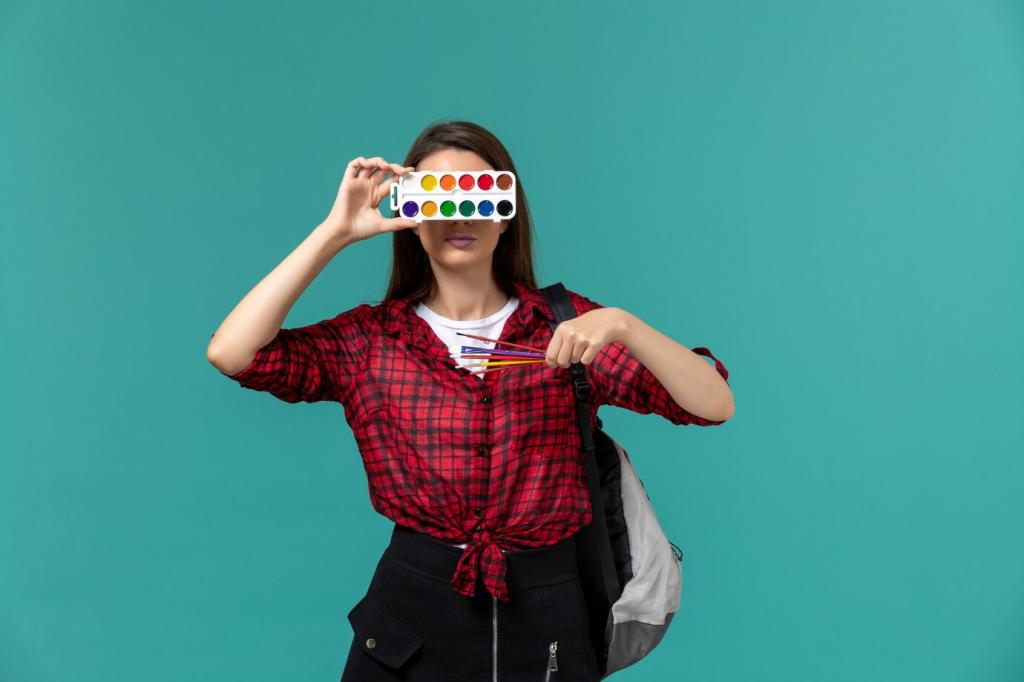This website uses cookies so that we can provide you with the best user experience possible. Cookie information is stored in your browser and performs functions such as recognising you when you return to our website and helping our team to understand which sections of the website you find most interesting and useful.
Exploring Color Psychology: Transforming Spaces with Interior Design
Color psychology is a fascinating field that reveals how hues influence human emotions, behaviors, and perceptions. Interior design harnesses this science to create atmospheres that evoke specific feelings, from calm and tranquility to energy and creativity. Understanding the psychological impact of color allows designers and homeowners to make informed decisions, turning ordinary spaces into environments with purpose and character. Whether aiming for comfort in a living room, productivity in a home office, or serenity in a bedroom, color choices are essential tools for achieving those goals. This page delves into the principles of color psychology and explores its transformative effect on interior spaces, providing insights that inspire aesthetically pleasing and psychologically supportive environments.
The Foundations of Color Psychology
The Emotional Influence of Hues


Saturation and Lightness Considerations
Warm Colors: Energizing and Inviting Spaces
Red: Passion and Stimulation
Orange: Creativity and Vitality
Yellow: Optimism and Warmth
Cool Colors: Cultivating Calm and Focus
Neutral Colors: Timeless Versatility and Balance
White: Purity and Spaciousness
Gray: Modernity and Sophistication
Beige and Taupe: Warmth and Comfort

The Role of Lighting in Color Perception
Overcoming Color Challenges in Design
Avoiding Overstimulation and Clutter
Harmonizing Color Schemes
Adapting to Changing Tastes


